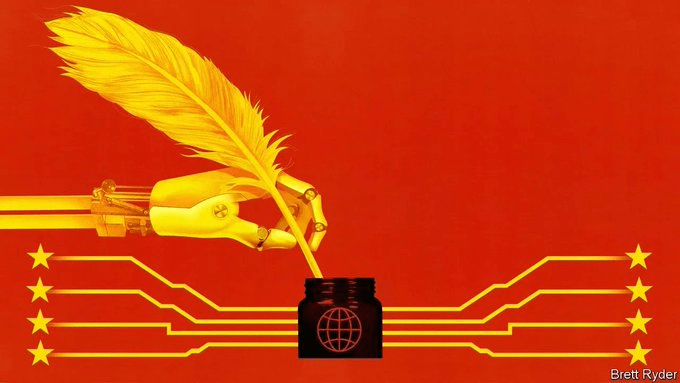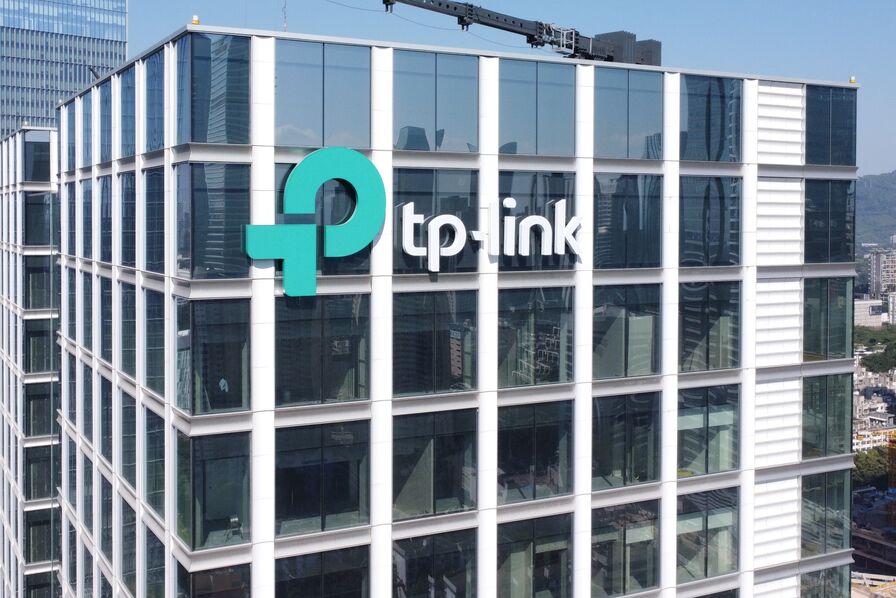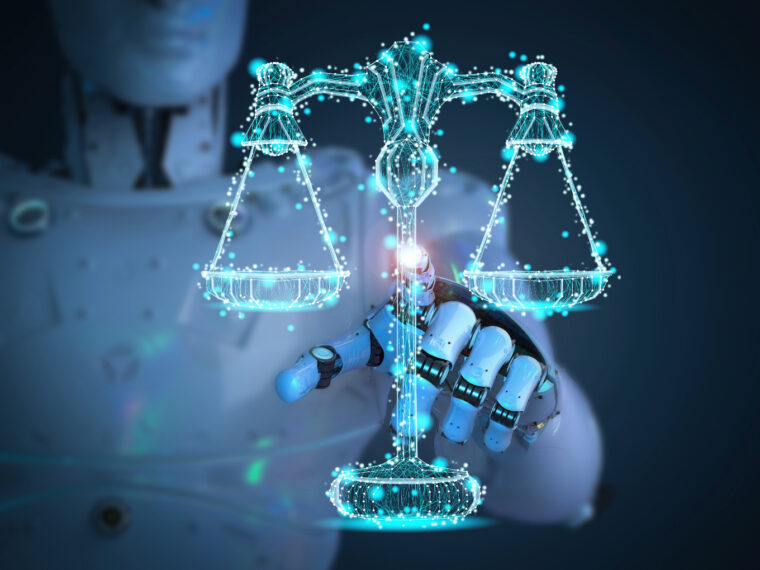“South of the Huai river few geese can be seen through the rain and snow.” In classical Chinese this verse is a breakthrough—not in literature but in computing power. The line, composed by an artificial intelligence (ai) language model called Wu Dao 2.0, is indistinguishable in metre and tone from ancient poetry. The lab that built the software, the Beijing Academy of Artificial Intelligence (baai), challenges visitors to its website to distinguish between Wu Dao and flesh-and-blood 8th-century masters. Anecdotal evidence suggests that it fools most testers.
The system, whose name means “enlightenment” and which can emulate lowlier types of speech, derives its power from a neural network with 1.75trn variables and other inputs. gpt-3, a similar model built a year earlier by a team of researchers in San Francisco and deemed impressive at the time, considered just 175bn parameters. As such Wu Dao represents a leap in this type of machine learning, which tries to emulate the workings of the human brain. That delights fans of classical literature—but not as much as it does the Communist authorities in Beijing, which have put ai at the heart of China’s technological and economic master plan first set out in 2017. It spooks Western governments, which worry about ai’s less benign applications in areas like surveillance and warfighting. And it intrigues investors, who spy a huge business opportunity.
Mots-clés : cybersécurité, sécurité informatique, protection des données, menaces cybernétiques, veille cyber, analyse de vulnérabilités, sécurité des réseaux, cyberattaques, conformité RGPD, NIS2, DORA, PCIDSS, DEVSECOPS, eSANTE, intelligence artificielle, IA en cybersécurité, apprentissage automatique, deep learning, algorithmes de sécurité, détection des anomalies, systèmes intelligents, automatisation de la sécurité, IA pour la prévention des cyberattaques.






